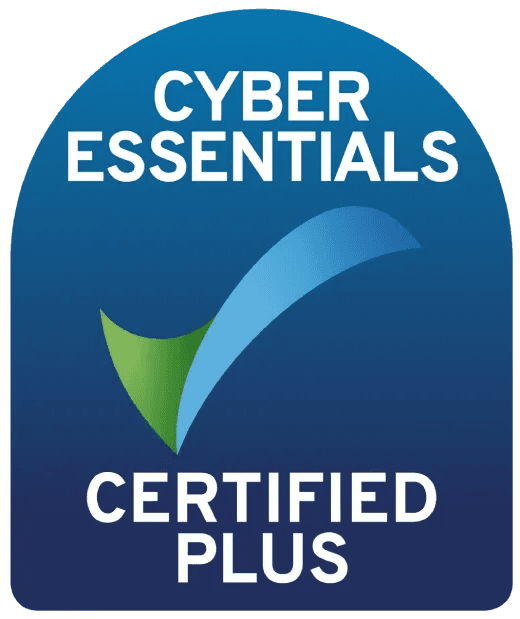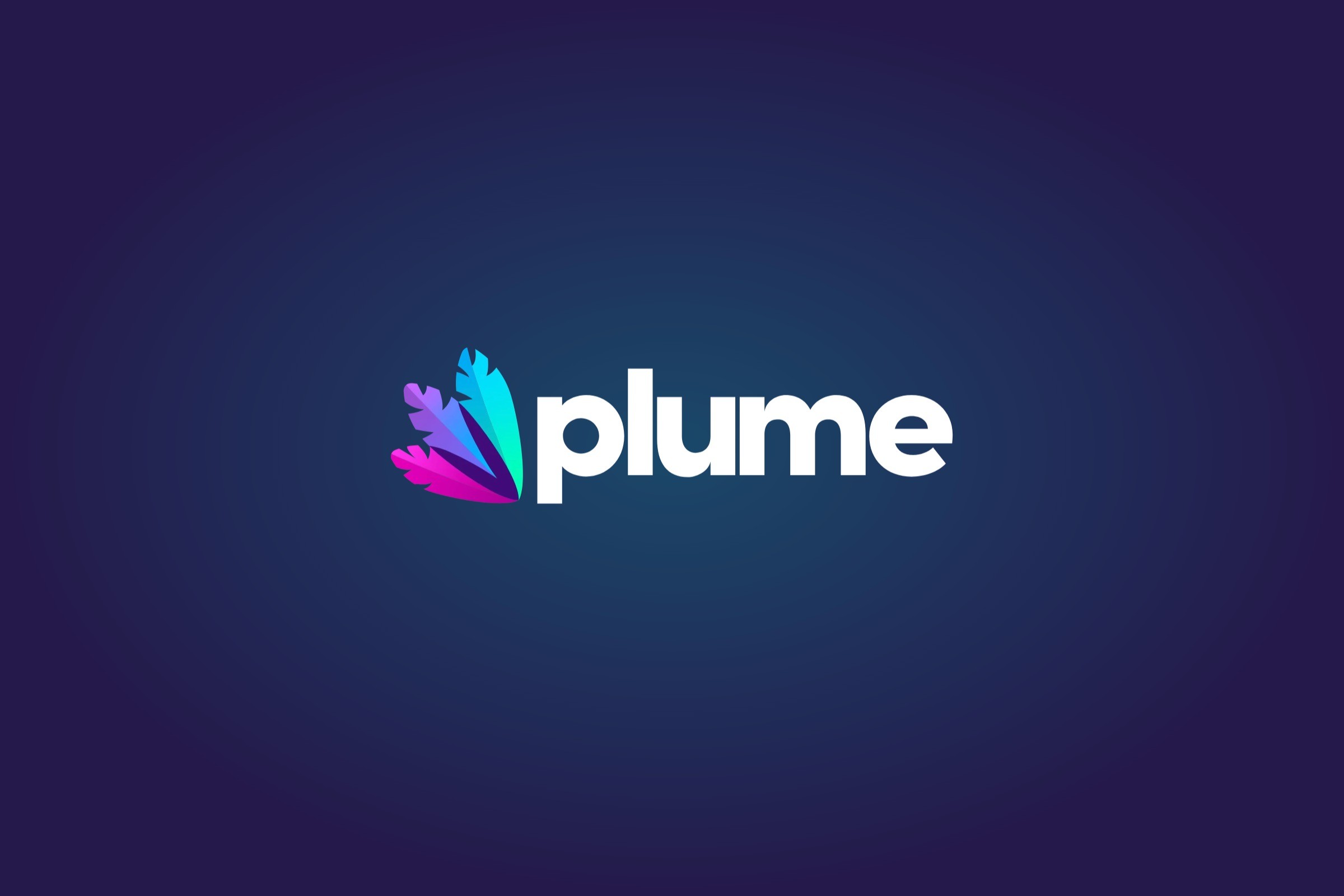Dec 25, 2023
How QR Codes Improve the eLearning Experience with 10 Cases

Words by
Kaine Shutler

The popularity and importance of the use of QR codes in eLearning have visibly and enormously increased over the years.
QR codes can enhance the eLearning experience for the classes and the teacher.
And now, we’ll explore some of the most common ways in which QR codes can enhance the eLearning experience and how to develop these cases for the utmost benefit.

1. Quick Access to Supplemental Materials
One of the most common uses of QR codes in eLearning is to provide quick access to supplemental materials.
For example, a QR code can be placed in a textbook or on a classroom poster, and when scanned, it can take the student to a website with additional resources related to the topic being studied.
Also, QR codes’ extensiveness increases as long as students see them in class.
This can include videos, articles, or interactive activities that complement the course material.

2. Interactive Quizzes & Scavenger Hunts
QR codes can also be used to create interactive quizzes and scavenger hunts that engage students and encourage them to explore the course material in a fun and interactive way.
For example, a teacher can create a scavenger hunt that requires students to scan QR codes located throughout the classroom or campus to collect clues and solve a puzzle related to the course material.
For quizzes and more, it is best to use dynamic QR codes if you want to edit and update the related links after creating the QR code.
3. Mobile Access to Course Content
Because it is highly straightforward, many students use mobile devices as their primary means of accessing the internet.
QR codes can be used to provide mobile access to course content, making it easy for students to access course materials on the go.
For example, a teacher can create QR codes that link to digital versions of course textbooks, allowing students to access course material from their smartphones or tablets.

4. Gamification of eLearning
QR codes can also be used to gamify the eLearning experience, making it more engaging and motivating for students.
For example, a teacher can create a game that requires students to scan QR codes located throughout the classroom or campus to collect points or rewards related to the course material.
Because students are more into games than other activities, it will help to increase student engagement and motivation and make learning more fun and interactive.
5. Personalized eLearning experiences
Moreover, using QR codes to create personalized eLearning experiences is tailored to the needs and interests of individual students.
For example, a teacher can create QR codes that link to different versions of course material, depending on the student's learning style or level of understanding.
This can help to ensure that each student is getting the most out of the eLearning experience and can improve overall student outcomes.
It doesn’t have to be related to the class or school, but people can decide for themselves and prefer QR codes in their eLearning process.
6. Instant Feedback & Assessment
QR codes can be used to provide instant feedback and assessment to students.
For example, a teacher can create QR codes that link to quiz questions, and when the student scans the code and answers the question, they receive instant feedback on their response.
Or, for the contest and the auditions among students, a QR code can help students learn the results.

7. Digital Portfolios
In creating digital portfolios that showcase a student's work and progress over time, QR codes can function.
For instance, a student can create a portfolio of their artwork or writing, and each piece can be accompanied by a QR code that links to additional information or feedback.
8. Field Trips & Virtual Tours
Enhancing field trips by providing students with additional information and resources is another way to use QR codes.
As an example, a teacher can create QR codes that link to historical or cultural information related to the site being visited or to virtual tours of museums or historical sites.
9. Language Learning
Do you ever consider providing students with audio or video resources to practice their language skills with a QR code?
It can be a good choice to create QR codes that link to videos of native speakers speaking the language being studied or to audio resources for pronunciation practice.
It also eases the engagement of the students through the process.
10. Accessibility & Inclusion:
The last but not least point is to create QR codes for students with disabilities or different learning needs.
You can easily contribute to accessibility and inclusion for the students.
QR codes can be linked to audio descriptions or captions for videos or to alternative formats for course materials.
Conclusion
In conclusion, QR codes can enhance the eLearning experience in many ways, from providing quick access to supplemental materials to creating interactive quizzes and games.
By incorporating QR codes into eLearning, teachers can create a more engaging and personalized learning experience that can help to improve student outcomes.
To learn more about QR codes and how they can be used in eLearning, check out qrcodedynamic.com.
Dec 25, 2023
How QR Codes Improve the eLearning Experience with 10 Cases

Words by
Kaine Shutler

The popularity and importance of the use of QR codes in eLearning have visibly and enormously increased over the years.
QR codes can enhance the eLearning experience for the classes and the teacher.
And now, we’ll explore some of the most common ways in which QR codes can enhance the eLearning experience and how to develop these cases for the utmost benefit.

1. Quick Access to Supplemental Materials
One of the most common uses of QR codes in eLearning is to provide quick access to supplemental materials.
For example, a QR code can be placed in a textbook or on a classroom poster, and when scanned, it can take the student to a website with additional resources related to the topic being studied.
Also, QR codes’ extensiveness increases as long as students see them in class.
This can include videos, articles, or interactive activities that complement the course material.

2. Interactive Quizzes & Scavenger Hunts
QR codes can also be used to create interactive quizzes and scavenger hunts that engage students and encourage them to explore the course material in a fun and interactive way.
For example, a teacher can create a scavenger hunt that requires students to scan QR codes located throughout the classroom or campus to collect clues and solve a puzzle related to the course material.
For quizzes and more, it is best to use dynamic QR codes if you want to edit and update the related links after creating the QR code.
3. Mobile Access to Course Content
Because it is highly straightforward, many students use mobile devices as their primary means of accessing the internet.
QR codes can be used to provide mobile access to course content, making it easy for students to access course materials on the go.
For example, a teacher can create QR codes that link to digital versions of course textbooks, allowing students to access course material from their smartphones or tablets.

4. Gamification of eLearning
QR codes can also be used to gamify the eLearning experience, making it more engaging and motivating for students.
For example, a teacher can create a game that requires students to scan QR codes located throughout the classroom or campus to collect points or rewards related to the course material.
Because students are more into games than other activities, it will help to increase student engagement and motivation and make learning more fun and interactive.
5. Personalized eLearning experiences
Moreover, using QR codes to create personalized eLearning experiences is tailored to the needs and interests of individual students.
For example, a teacher can create QR codes that link to different versions of course material, depending on the student's learning style or level of understanding.
This can help to ensure that each student is getting the most out of the eLearning experience and can improve overall student outcomes.
It doesn’t have to be related to the class or school, but people can decide for themselves and prefer QR codes in their eLearning process.
6. Instant Feedback & Assessment
QR codes can be used to provide instant feedback and assessment to students.
For example, a teacher can create QR codes that link to quiz questions, and when the student scans the code and answers the question, they receive instant feedback on their response.
Or, for the contest and the auditions among students, a QR code can help students learn the results.

7. Digital Portfolios
In creating digital portfolios that showcase a student's work and progress over time, QR codes can function.
For instance, a student can create a portfolio of their artwork or writing, and each piece can be accompanied by a QR code that links to additional information or feedback.
8. Field Trips & Virtual Tours
Enhancing field trips by providing students with additional information and resources is another way to use QR codes.
As an example, a teacher can create QR codes that link to historical or cultural information related to the site being visited or to virtual tours of museums or historical sites.
9. Language Learning
Do you ever consider providing students with audio or video resources to practice their language skills with a QR code?
It can be a good choice to create QR codes that link to videos of native speakers speaking the language being studied or to audio resources for pronunciation practice.
It also eases the engagement of the students through the process.
10. Accessibility & Inclusion:
The last but not least point is to create QR codes for students with disabilities or different learning needs.
You can easily contribute to accessibility and inclusion for the students.
QR codes can be linked to audio descriptions or captions for videos or to alternative formats for course materials.
Conclusion
In conclusion, QR codes can enhance the eLearning experience in many ways, from providing quick access to supplemental materials to creating interactive quizzes and games.
By incorporating QR codes into eLearning, teachers can create a more engaging and personalized learning experience that can help to improve student outcomes.
To learn more about QR codes and how they can be used in eLearning, check out qrcodedynamic.com.
Dec 25, 2023
How QR Codes Improve the eLearning Experience with 10 Cases

Words by
Kaine Shutler

The popularity and importance of the use of QR codes in eLearning have visibly and enormously increased over the years.
QR codes can enhance the eLearning experience for the classes and the teacher.
And now, we’ll explore some of the most common ways in which QR codes can enhance the eLearning experience and how to develop these cases for the utmost benefit.

1. Quick Access to Supplemental Materials
One of the most common uses of QR codes in eLearning is to provide quick access to supplemental materials.
For example, a QR code can be placed in a textbook or on a classroom poster, and when scanned, it can take the student to a website with additional resources related to the topic being studied.
Also, QR codes’ extensiveness increases as long as students see them in class.
This can include videos, articles, or interactive activities that complement the course material.

2. Interactive Quizzes & Scavenger Hunts
QR codes can also be used to create interactive quizzes and scavenger hunts that engage students and encourage them to explore the course material in a fun and interactive way.
For example, a teacher can create a scavenger hunt that requires students to scan QR codes located throughout the classroom or campus to collect clues and solve a puzzle related to the course material.
For quizzes and more, it is best to use dynamic QR codes if you want to edit and update the related links after creating the QR code.
3. Mobile Access to Course Content
Because it is highly straightforward, many students use mobile devices as their primary means of accessing the internet.
QR codes can be used to provide mobile access to course content, making it easy for students to access course materials on the go.
For example, a teacher can create QR codes that link to digital versions of course textbooks, allowing students to access course material from their smartphones or tablets.

4. Gamification of eLearning
QR codes can also be used to gamify the eLearning experience, making it more engaging and motivating for students.
For example, a teacher can create a game that requires students to scan QR codes located throughout the classroom or campus to collect points or rewards related to the course material.
Because students are more into games than other activities, it will help to increase student engagement and motivation and make learning more fun and interactive.
5. Personalized eLearning experiences
Moreover, using QR codes to create personalized eLearning experiences is tailored to the needs and interests of individual students.
For example, a teacher can create QR codes that link to different versions of course material, depending on the student's learning style or level of understanding.
This can help to ensure that each student is getting the most out of the eLearning experience and can improve overall student outcomes.
It doesn’t have to be related to the class or school, but people can decide for themselves and prefer QR codes in their eLearning process.
6. Instant Feedback & Assessment
QR codes can be used to provide instant feedback and assessment to students.
For example, a teacher can create QR codes that link to quiz questions, and when the student scans the code and answers the question, they receive instant feedback on their response.
Or, for the contest and the auditions among students, a QR code can help students learn the results.

7. Digital Portfolios
In creating digital portfolios that showcase a student's work and progress over time, QR codes can function.
For instance, a student can create a portfolio of their artwork or writing, and each piece can be accompanied by a QR code that links to additional information or feedback.
8. Field Trips & Virtual Tours
Enhancing field trips by providing students with additional information and resources is another way to use QR codes.
As an example, a teacher can create QR codes that link to historical or cultural information related to the site being visited or to virtual tours of museums or historical sites.
9. Language Learning
Do you ever consider providing students with audio or video resources to practice their language skills with a QR code?
It can be a good choice to create QR codes that link to videos of native speakers speaking the language being studied or to audio resources for pronunciation practice.
It also eases the engagement of the students through the process.
10. Accessibility & Inclusion:
The last but not least point is to create QR codes for students with disabilities or different learning needs.
You can easily contribute to accessibility and inclusion for the students.
QR codes can be linked to audio descriptions or captions for videos or to alternative formats for course materials.
Conclusion
In conclusion, QR codes can enhance the eLearning experience in many ways, from providing quick access to supplemental materials to creating interactive quizzes and games.
By incorporating QR codes into eLearning, teachers can create a more engaging and personalized learning experience that can help to improve student outcomes.
To learn more about QR codes and how they can be used in eLearning, check out qrcodedynamic.com.
Plan your next learning platform with our founder
About Plume
As the leading custom LMS provider serving training businesses in the US, UK and Europe, we help businesses design, build and grow pioneering learning tech that unlocks limitless growth potential.

Plan your next learning platform with our founder
About Plume
As the leading custom LMS provider serving training businesses in the US, UK and Europe, we help businesses design, build and grow pioneering learning tech that unlocks limitless growth potential.

Plan your next learning platform with our founder
About Plume
As the leading custom LMS provider serving training businesses in the US, UK and Europe, we help businesses design, build and grow pioneering learning tech that unlocks limitless growth potential.



